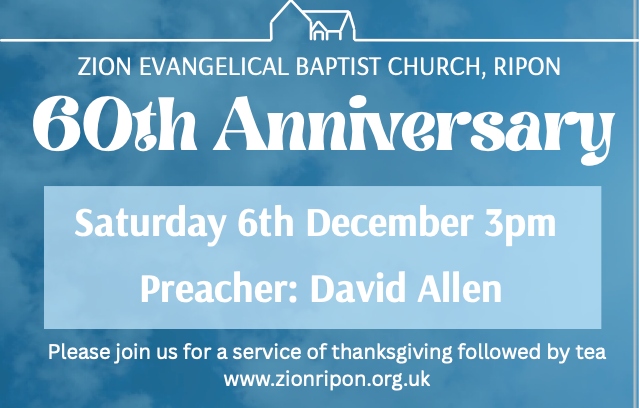This is an ambitious little book. The eponymous ‘long story’ is the Scriptures. The subtitle describes what Scrivener is attempting: ‘The Bible in 12 phrases’. There are nine pithy chapters covering the Old Testament. Three are given to the New Testament.
The implicit aim of this well-known evangelist is to put over the storyline of the Bible in a brief, compelling way. His prime audience appears to be young people, including unbelievers. The assumption is that they read very little.
There are many encouragements along the way to read the real thing. At the end of the chapters, biblical passages to read are included, along with questions. The unusual feature is the use of phrases based on the Bible to mark out each section. The remainder of the chapter describes events before and after, giving a sense of a connected timeline.
What are the phrases? ‘In the beginning’ is the first. ‘As old as Adam’ deals with the Fall. ‘God will provide’ considers Abraham’s faith and the promise of the Messiah. ‘Burning bush’ focuses on Moses and the Exodus. ‘Thou shalt’ is on the Ten Commandments. ‘Scapegoat’ relates to the Day of Atonement and Christ’s death for us.
Scrivener writes, ‘Just as the “Thou shalts” described the life of God’s Son, so the tabernacle described the death of God’s Son. And just as the commandments show us our sin, so the sacrifices show us our salvation. Every death was pointing to Christ’s ultimate death on the cross — that was the death that would make God and sinners “at one”’ (p.79).
‘Land of milk and honey’ includes the wilderness wanderings and settlement in the Promised Land. ‘Giant killing’ takes us to David and Goliath and the greater victory on Calvary. ‘Words of the wise’ covers Psalms, Proverbs, Ecclesiastes and Song of Solomon in 4 pages! ‘Getting carried away’ majors on the Babylonian exile. ‘Prophets and the return’ is self-explanatory.
The New Testament is covered by ‘The heavens opened’: the Gospels; ‘Damascus Road’: Paul and his epistles; and ‘Hallelujah’: Revelation.
The book is also a bold and winsome attempt to show that the Bible’s main theme is Christ and him crucified. It endeavours to present this to people for whom the Bible is perhaps a closed book. Scrivener largely succeeds and the author makes use of simple language and contemporary anecdotes. I do hope that his efforts lead to new Bible readers and new Christians.
Kerry Orchard
Cardiff





